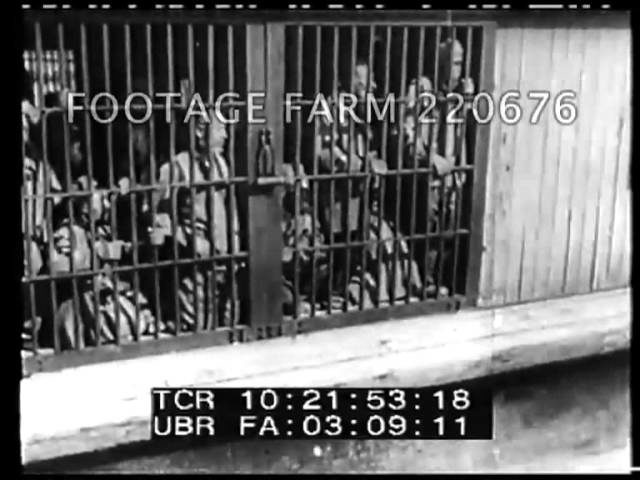
Related

Russian Revolution Scenes 220675-01 | Footage Farm

1911 Russia Various 220496-06 | Footage Farm
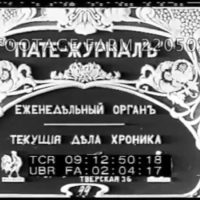
Early Russian 220503-03 | Footage Farm
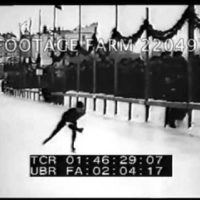
WW1 Russian Activities 220497-11 | Footage Farm
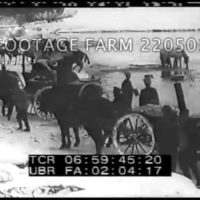
Russian Troops World War One 220501-12 | Footage Farm
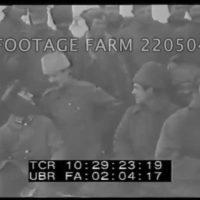
WWI Russian Troops 220504-07 | Footage Farm

1912 Russia Various 220496-04 | Footage Farm

1914 Russian various 220502-11 | Footage Farm

Russia in WWI Pt3/3 220505-03X | Footage Farm
Russian Revolution extracts 220676-09 | Footage Farm
Summary
NOTE: FOR ORDERING See: www.footagefarm.co.uk or contact us at: Info@Footagefarm.co.uk
Part 2
footage intercut w/ stills & paintings.
Animated map of Lenin's travels? Printing presses in underground chamber. Artist's impression Lenin speaking at meeting.
10:18:15 '1905' - First civil war / uprising - wounded soldiers helped off train by nurses [footage later than 1905] - portrait of St. Petersburg protest suppressed by military. Workers out of factory; workers meeting.
10:18:56 Extract from Battleship Potemkin - sailors on ship - Odessa Steps sequence - 11Dec05 events recreated - workers demonstration put down in Moscow - street fighting. Artist impressions of Lenin addressing large meeting.
10:21:43 Prisoners marched in circle in yard; prisoners in ship's jail. Sailors board train. Men in leg irons.
10:22:32 '1908' - High shots across Paris [c1920s] showing the Seine from Notre Dame - memorial wall carved w/ anguished faces - house where Lenin lived. Revolutionary literature & newspapers.
10:25:34 '1914' - German troops w/ spiked helmets marching - Kaiser Wilhelm II ? French? officers. High pan across huge crowds in center of St. Petersburg [?] Brief shot line of troops moving slowly through trench. Good quality.
Russia / USSR; Communism; Riots / Rebellion; WWI; Trench Warfare; Russian
There were special court cameramen and photographers who captured the daily life of the Romanov family. The Company of von Gun filmed the Tsar, and with the permission of the Ministry of the Court, showed these films in movie theatres beginning in 1907. Before the February 1917 Revolution, the von Gun Company was the main provider of the Tsar's chronicles in the Russian film industry. After 1907 other filmmakers were permitted to film the Royal family, including A. Drankov, V. Bulla (the elder), Khanzhonkov Company, Pate Company, and others. Before the beginning of World War I a newsreel became popular capturing military parades, holidays, reviews and drills. Many are devoted to the Fleet. They document everyday life of the Baltic Sea and Black Sea squadrons. Some of the newsreels document the fire of the Maly Theatre in Moscow, mass gymnastics, auto and motor races, zoos and animal preserves, and the life of peoples of the Russian Empire. The objects of filming were political and cultural figures, the construction of warships, the Moscow flood, the testing of new agricultural equipment and the oil industry in Baku. There are also films showing the towns of Russia, etc. During World War I, cameramen captured events on all fronts. Before 1915, the exclusive rights to film battles belonged to the Film Department of the Skobelev Committee. The Skobelev Committee of the Assistance to the Wounded Soldiers of the General Staff was founded in November 1904 as a public organization. By the order of the Scobelev Committee many cameramen filmed the events of the World War I, such as Englishman Arcol (representative of Pate Company, filmed on South-Western and Caucasus fronts), cameramen E.D. Dored (represented American companies) and P.V. Ermolov, (filmed events on Caucasus front); P.K. Novitskiy (Gomount Company), N.M. Toporkov, K.E. von Gan, A.K. Gan-Jagelskiy, made filming in the General Headquarters. Other cameramen such as: A. G Lemberg, S, Zebel, Trushe, etc. also worked at the fronts. Cameramen filmed the war not only on the fronts but also from the rear. Since the first month of the war until 1917 the Scobelev Committee produced about 70 newsreels. From 1914 to 1915 cameramen of the Scobelev Committee produced 21 series of the newsreel "Russian Military Chronicle". The materials of this newsreel were used many times for the separate films made by Scobelev Committee and other film companies. Read more at: http://www.pbs.org/redfiles/rao/archives/rgakfd/textind10.html
